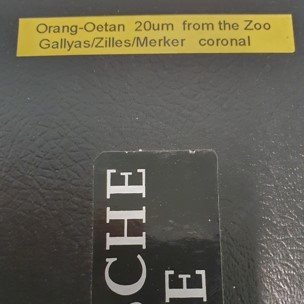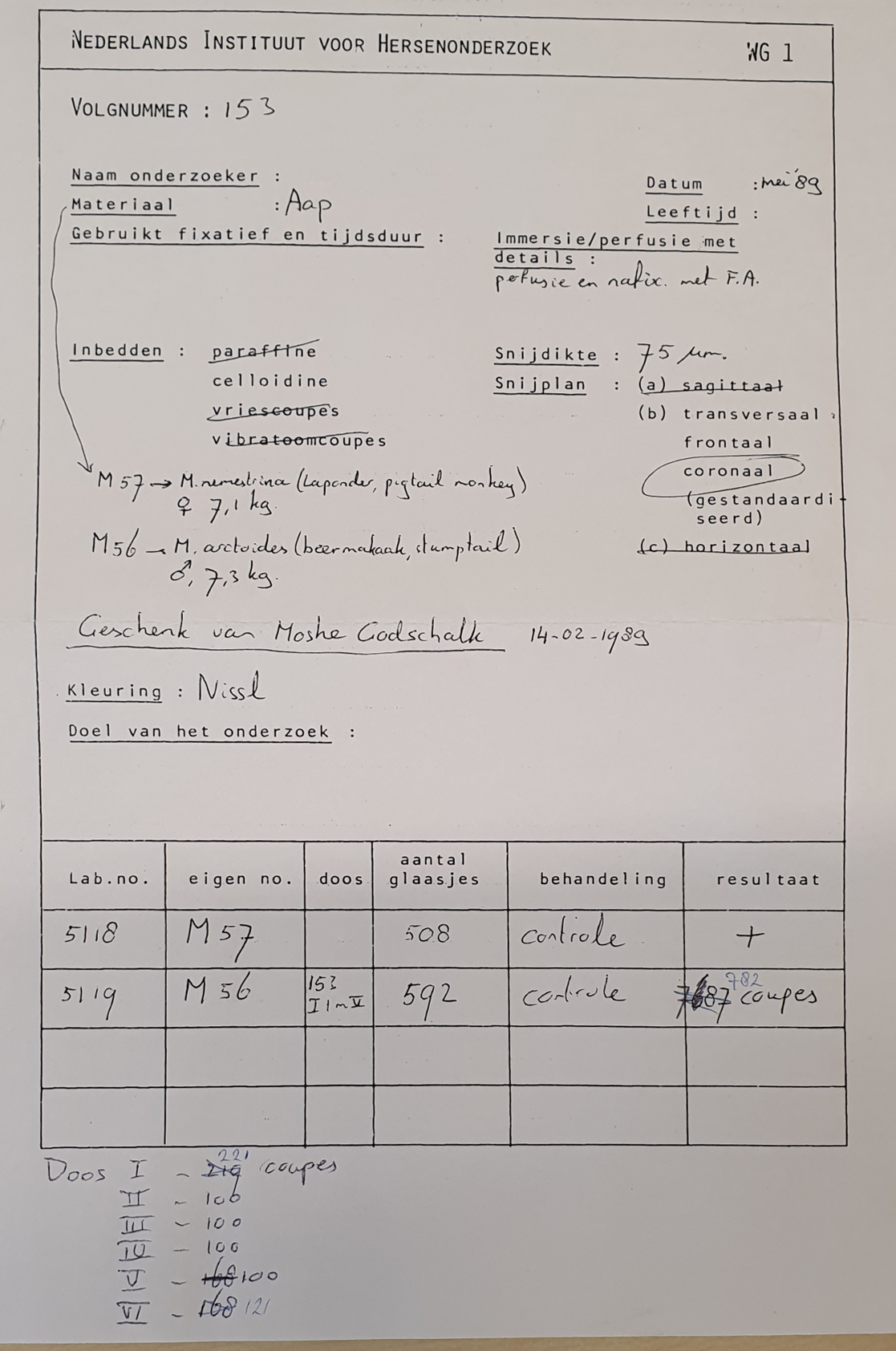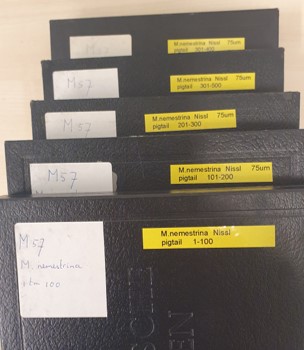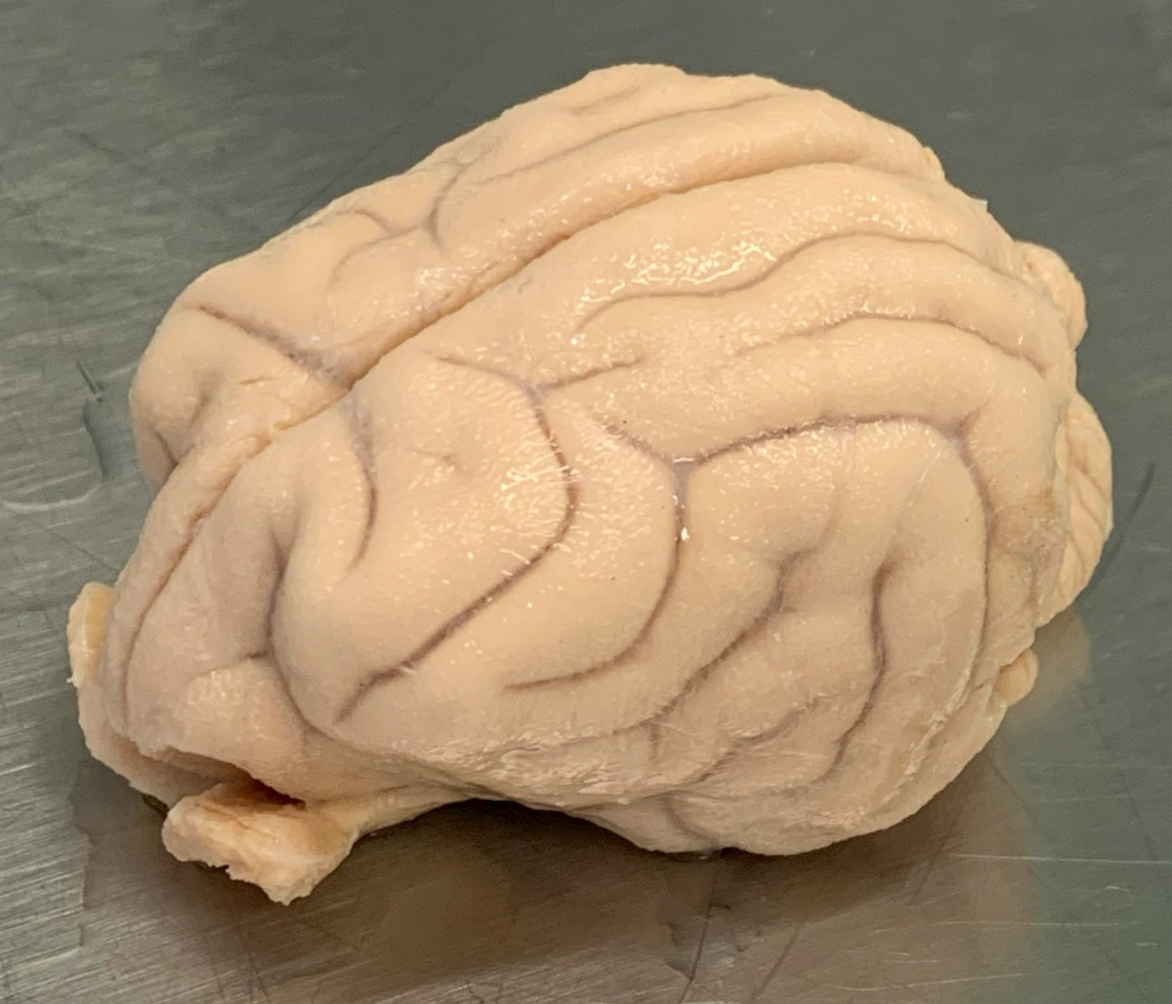The origin of the brains page
In this site we feature several original brains of animals. Either, presented as freshly harvested, processed and sliced, stained and mounted om glass slides. We find it important to explain where these brains originate from. So therefore, on this page the way we acquired the brains can be found.
Please note: Effort has been made to reference the origin of all material. If in any case this is not found complete or adequate, please use the contact form and update us!
The Collaboration with Animal Care Center: Flappus in Zwolle, The Netherlands
Flappus is an Animal Shelter that takes in numerous animals that, for whatever reason, need care. Passionate and specialized staff and volunteers take care of stray or dumped animals trying to place them back into loving homes. In addition, they also treat wild animals that are brought in and need help. Animals that are brought in by concerned people after, for instance, being victims of road accidents. Although all animals get the best treatment by the staff and volunteers of Flappus, occasionally death is inevitable.
The deceased animals are donated to our project. After death, they are documented, time of death noted and placed into a dedicated freezer at -20C. Once every two weeks we empty the freezer, transport the animals to Science Park, University of Amsterdam, where their brains are harvested for further processing.
The Collaboration with Reptile Care Center: Reptielenopvang in Zwanenburg, The Netherlands
Reptielenopvang Zwanenburg is an Animal Shelter that is specialized in reptile care. Passionate and specialized staff and volunteers take care of reptiles that are brought in for various reasons trying to place them back into loving homes. Although all animals get the best treatment by the staff and volunteers of reptielenopvang Zwanenburg, occasionally death is inevitable.
Several deceased animals have been donated to our project. After death, they are documented and frozen at -20C. The animals are transported to Science Park, University of Amsterdam, where their brains are harvested for further processing.
The Fish brain
Lots of the brains were acquired form fresh fish and fish heads donated by our fresh fish monger, Vossole in Zeist, the Netherlands. Of course we needed the freshest fish to produce the freshest brains and Vossole was willing to provide us with various species that are in the diet of the Dutch population. Such as: Sea bass, Salmon, Sea Bream (Dorade) and Mackerel.
Also Vossole invests in anatomy projects by collecting, storing and distributing fish species that are considered 'by-catch' and would be otherwise thrown overboard. One of these species is the small spotted catshark (Scyliorhinus canicula), which happens to be called 'hondshaai' (meaning dog shark) in Dutch.
The brains of all these fish were collected and processed and made available as study material for neuroscience students and neuroscientists.
The Orangutan brain
Here a picture

The Orangutan brain was a gift from the research facility of the Boston ZOO to the Anatomy department of the VU. It remained in the storage of the neuroanatomy department at the VUmc untill early 2024, when it is made available as study material for neuroscience students and neuroscientists alike.
The Macaca Nemastrina brain


In the seventies and the eighties of the previous century, neuroscience research on monkeys was considered key in understanding neuroanatomy and functions of human brains. Essential to understanding the results was to collect the brain afterwards and make it available for neuroanatomical evaluation. The brain of this particular monkey was collected in ..... and processed in 1983. It remained in the storage of the neuroanatomy department at the VUmc untill early 2024. Now it has been made available as study material for neuroscience students and neuroscientists.
The Marmoset brain
Here the box
In the seventies and the eighties of the previous century, neuroscience research on monkeys was considered key in understanding neuroanatomy and functions of human brains. Essential to understanding the results was to collect the brain afterwards and make it available for neuroanatomical evaluation. The brain of this particular monkey was collected and processed in 1983. It remained in the storage of the neuroanatomy department at the VUmc untill early 2024. Now it has been made available as study material for neuroscience students and neuroscientists.
The Beagle brain

In the previous century, research on dogs was considered key in understanding human physiological processes. Essential to understanding the results was to collect the research materials afterwards and make it available for evaluation
.This particular dogs was donated to our anatomy practical in 1992 and made available for students to examine. After the practical, Tonny Mulder acquired the brain, which was then placed in a jar containing fixative. It has been stored in his basement for the next 32 years. In 2024, for this neuroanatomy project, the brain was taken out of the jar, processed and made available as study material for neuroscience students and neuroscientists.
Back to the Beagle Brain pageThe cat brain
Here a picture
Here the box
In the seventies and the eighties of the previous century, neuroscience research on cats was considered key in understanding neuroanatomy and functions of human brains. Essential to understanding the results was to collect the brain afterwards and make it available for neuroanatomical evaluation. The brain of this particular cat was collected in ..... and processd in ..... It remained in the storage of the neuroanatomy department at the VUmc untill early 2024. Now it has been made available as study material for neuroscience students and neuroscientists.
The Snake brain
Here a picture
The brain of the Royal Python (python regius) was acquired from a specimen that lived in a terrarium for many years where it died of natural causes. It was then placed in fixative for years and was about to be discarded of. Tonny Mulder took over the jar which has been stored in his basement for at least 20 years. For this neuroanatomy project, the brain was taken out and processed and made available as study material for neuroscience students and neuroscientists.
Hinke Boer, Fons Brauers, Andy Louter, Lindsey Pennaertz, Aisha Raja and Tonny Mulder - University of Amsterdam